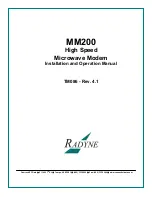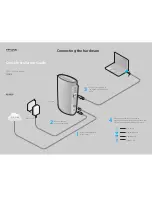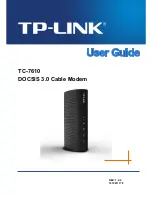
6 Commands
56
If the Ctrl character is immediately followed by a-z (or A-Z), the PTC will transmit a
control code (ASCII 1-26) via HF channel. With this simple convention, control
characters that are used by your own terminal can also be sent to the other station.
If Ctrl-W should be transmitted to the other station, the following keys have to be
entered:<Ctrl> + <V> or <Ctrl-V><W>
It is recommended to put all definable control characters in the control block.
XON and XOFF (Ctrl-Q / Ctrl-S) can not be transmitted!
6.27
CWid
Default setting: 1 0
Parameter 1: 0 CW identification disabled.
1 CW identification enabled only for PACTOR ARQ.
2 CW identification enabled for PACTOR ARQ and Unproto.
3 CW identification enabled for PACTOR ARQ, Unproto, AMTOR ARQ.
4 CW identification enabled only for PACTOR ARQ (refer to text).
5 CW identification enabled for PACTOR ARQ, Unproto, AMTOR ARQ.
Parameter 2: 0
Normal
CW identification using with keying the PTT.
1 CW identification before each PACTOR- or AMTOR-ARQ connect.
2 Audio-Only CW identification (refer to text).
3 Combination of 1 and 2.
Automatic CW identification is given after a transmission of approximately 7 minutes and
after QRT. The CW identification is keyed with the PTT line. The FSK output remains at
the Mark frequency during the CW Transmission. The AFSK signal amplitude is also
keyed. The frequency for AFSK is defined by the
Center
command in the Audio menu
(refer to chapter
). The speed is set with the
CWSpeed
command.
With
CWid
1-3, the CW identification is only given at QRT if it is self initiated. With
CWid
4 and 5, it does not matter which station initiated the QRT procedure.
The CW identification requires a quick keying of the transmitter and usually uses the PTT
line for this purpose. This method produces a more or less noisy
clicking
of the
transmitters relays, especially the older ones. A
bad
experience could be that the CW
character could be multilated to illegibility if relatively high RX/TX switching times are
in use.
In this case the second parameter could be switched to Audio-Only CW identification.
That means that the PTT will be active during the whole CW identification process and
only the audio signal is switched on/off in the rhythm of the CW signal. The CW
identifications uses the Mark tone.
Switch CW identification to Audio-Only:
cmd:
CW
1 2
<Return>
For CW identification, one's own callsign (
MYCALL
) is always used.
The CWID amplitude is generally 3 dB lower than the FSKA level!
















































